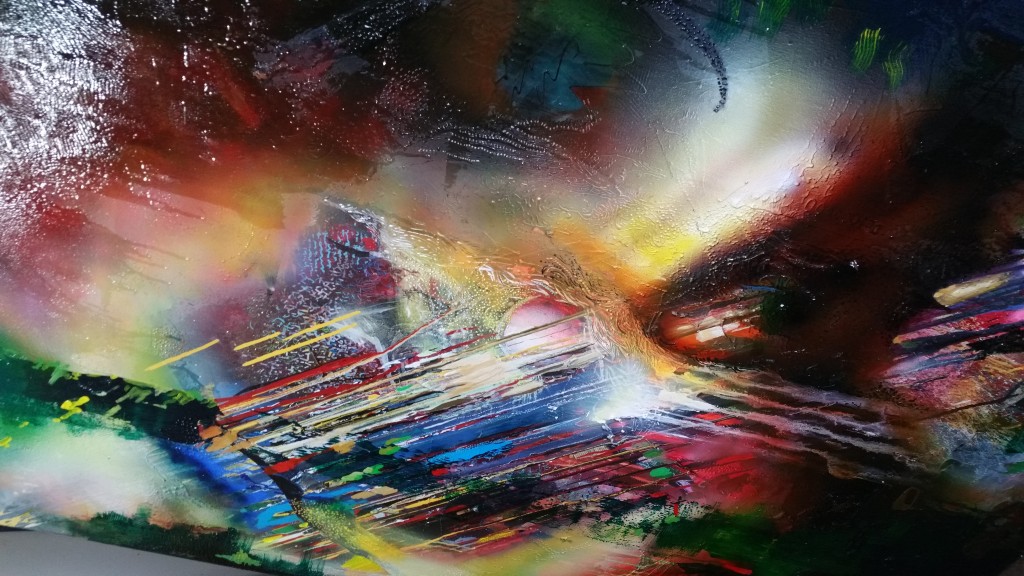By: Henok Elias
Presidents get away with saying, “God bless America”, in supposedly secular spaces, because the U.S. is rooted in the freedom of religion and not the French freedom from religion. Note the might of the tiny words in between freedom and religion. The idea is that putting guns to heads and swords to throats is not good religion. God bless Dr. Richard Benton’s love of languages. He is a Hebrew scholar, native English speaker, and strives to know many of the languages the planet Earth and its inhabitants proffer. Through his blog, Loving Language: Learning languages and connecting with others, Dr. Benton smart bombs envy, enmity, and dissension with joy, love and patience.
As a man who wants to see all of humanity (especially my Habesha family) liberated from indifference toward each other and succumbing to stereotypes against the afflicted, I would be remiss if I did not share with you all two terse blog posts written by Dr. Benton this month.
- I Want My Children to Learn Somali
- Pirates, Sexists, Terrorists: Is This All There is to Know About Somalis?
The first post, besides giving a shoutout to Eritreans in Seattle, lauds the intimate Somali way of referring to elders with terms Westerners would associate only with direct blood relatives. This point gives all Habeshas the feels. The second post instructs us how to see through demonization in the media. The secret is humanization through listening to the Other in her native tongue.
Enjoy..


